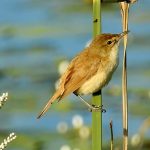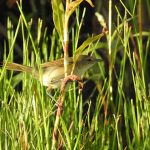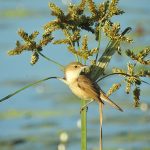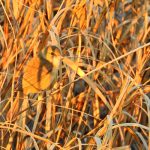AUSTRALIAN REED-WARBLER
The Australian Reed Warbler is a small, brownish bird with a relatively long tail. It typically measures around 15-18 cm in length. Its plumage is mostly brown with a pale throat and a distinctive eye stripe. It is endemic to Australia and can be found throughout the eastern and southern parts of the continent. It is known to inhabit wetlands, reed beds, and other similar habitats.
The Australian Reed Warbler belong to the family Acrocephalidae. It is closely related to other warblers in the Acrocephalus genus.
Like many other warblers, the Australian Reed Warbler is known for its melodious and complex song. Their songs are used for communication and defending territory during the breeding season.
Unlike some other warbler species, the Australian Reed Warbler is largely sedentary, meaning it doesn’t undertake long-distance migrations. However, some individuals may move locally in response to seasonal changes in water levels.
These birds typically breed during the spring and summer months. They build cup-shaped nests in dense vegetation near water sources. The female usually lays a clutch of 3-4 eggs, and both parents take part in incubating and caring for the chicks.
The diet of Australian Reed Warblers primarily consists of insects and other small invertebrates. They forage in reed beds and wetlands, using their slender bills to capture prey.
Like many wetland-dependent species, it can be vulnerable to habitat loss and degradation.
There have been documented cases of hybridization between the Australian Reed Warbler and the Little Grassbird (Megalurus gramineus) in regions where their ranges overlap. This hybridization adds an interesting dimension to their evolutionary biology.




